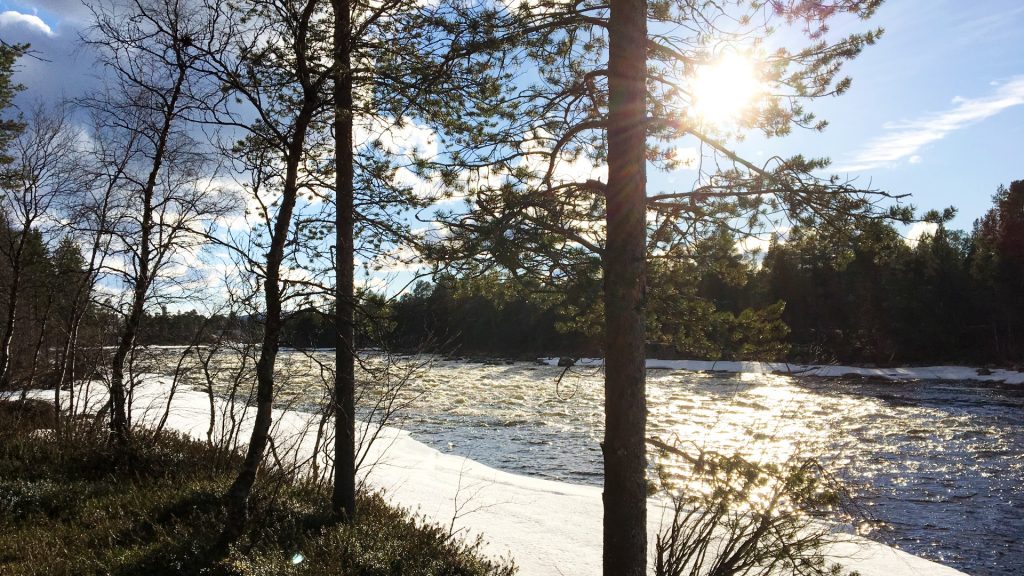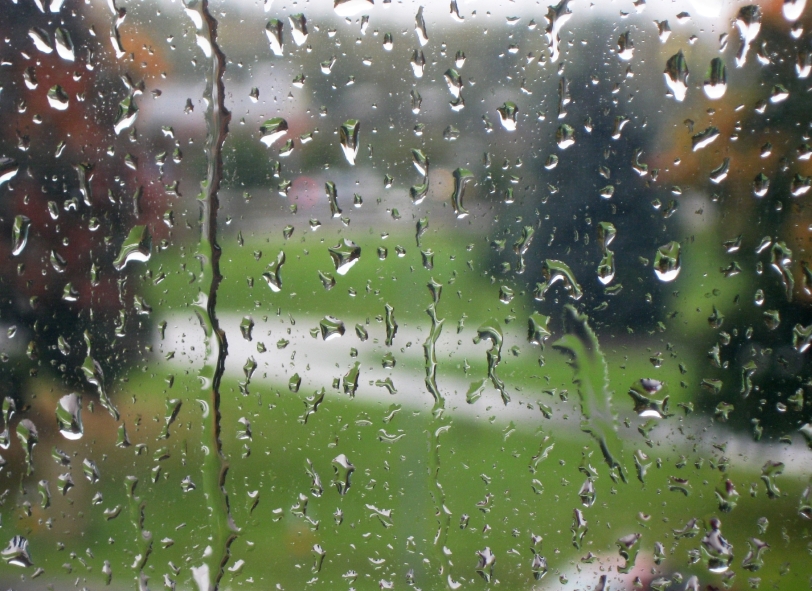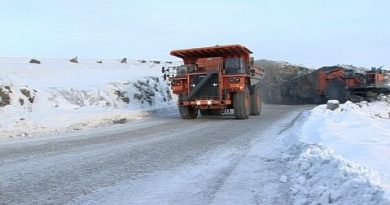Parts of Finland experience record warmth in September

Parts of Finland experienced record-high temperatures in September, with an average of of 12.2 C, the Finnish Meteorological Institute (FMI) said on Tuesday.
The temperature average matches the previous record set in September 2023.
“It is unheard of that the average temperature in Finland is a record high in the same month in consecutive years,” FMI meteorologist Pauli Jokinen said.
Some regions of the country experienced particularly warm conditions.
In Sodankylä Tähtelä, for instance, the average temperature reached 10.3 C, breaking the previous record from 1934 and 2023 by 0.3 degrees.
Climate change has contributed significantly to these temperatures, with researchers estimating that September was about 1.7 C warmer due to its effects.
The likelihood of experiencing such warmth is now approximately 23 times greater than it would be without climate change, the FMI said citing a method used by researchers from the Institute of Meteorology and the University of Helsinki.
8C average for Lapland
Temperature variations were recorded across Finland with averages ranging from around 15 C on the southern coast to about 8 degrees in northwestern Lapland. Compared to the 1991-2020 reference period, deviations were generally between 2 and 4 degrees, with the eastern regions seeing the most significant changes, the FMI said.
September experienced eight hot days, surpassing the previous record of five hot days set in 1968.
The highest temperature reached 28.0 degrees Celsius on September 5 at Kaarina’s Yltöin and Turku Airport, the highest September temperature recorded since 1968.

Rainfall patterns differed across the country, with areas from Uusimaa to Northeast Finland experiencing heavier-than-usual rainfall—twice the normal levels in some parts.
Meanwhile, regions like North Karelia had less precipitation, with Tohmajärvi experiencing the driest September in 116 years. Preliminary data indicated that Lamminkäyrä in Lapinlahti received the most rain at 141.1 millimeters, while Joensuu Pyhäselä saw only 12.9 millimeters, the FMI said.
The Arctic village of Kilpisjärvi received its first snow of the season on September 24, measuring three centimeters.
By the end of the month, the only area still covered in snow was the Inari Angeli Lintupuolselkä station, which recorded an 11-centimeter snow depth.
In addition to the high temperatures, September 2024 was notable for its sunshine, with 130 to 200 hours recorded—20 to 40 hours more than usual.
Moreover, the month saw 3,641 ground lightning strikes, significantly higher than the typical count of around 2,800.
Comments, tips or story ideas? Contact Eilís at eilis.quinn(at)cbc.ca
Related stories from around the North:
Arctic: Warming climate changing CO2 balance in northern ecosystems: study, Eye on the Arctic
Canada: Makivvik launches climate adaptation strategy for Nunavik, Eye on the Arctic
Greenland: Alarming, above-average ice loss in Greenland due to rising temperatures, Eye on the Arctic
Finland: Overnight temperatures drop below freezing in Finnish Lapland, Eye on the Arctic
Norway: Polar heat record. July average above 10°C, The Independent Barents Observer
Sweden: Another year of shrinking glaciers predicted in Sweden’s Far North, CBC News
United States: Bursting ice dam in Alaska highlights risks of glacial flooding around the globe, The Associated Press



